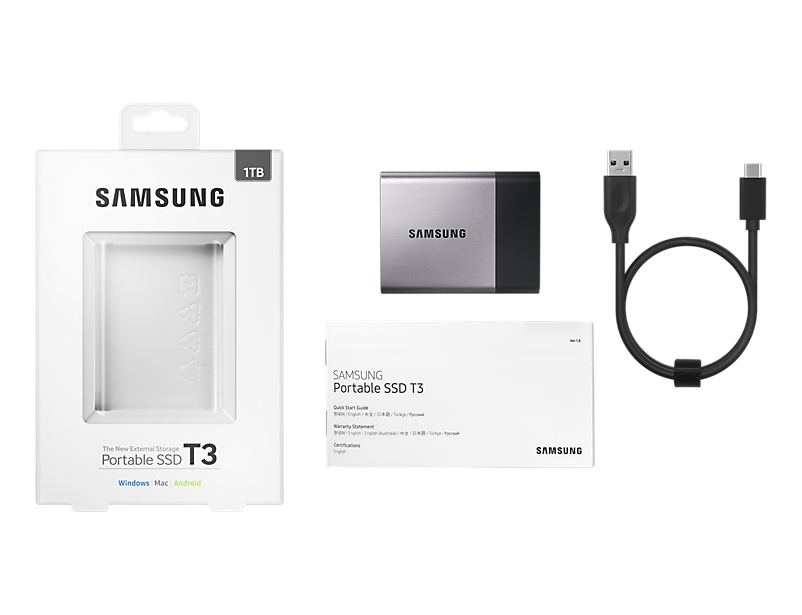Psi is a multi-platform and standards-based instant messaging client available for Windows, Linux, Mac and more. Integrated PCIe, MAC, and PHY solution enables power and space-efficient connectivity for client systems PCIe Gen3 and Gen2 interface with x1/x2/x4 lane-widths delivering maximum flexibility IEEE® 802.3bz and NBASE-T compliant AQrate PHY supporting. The newmac.tasl TASL script for the Log Correlation Engine will automatically track a wide variety of log sources from various Unix, Windows and network devices. When it gets a log, it will extract the MAC address and then compare it to a list of previously discovered MAC addresses and issue an alert if a new one has been found. Cisco VPN Client for Mac. 423,364 downloads Updated: March 3, 2016 Freeware. Review Free Download specifications 100% CLEAN report malware. PCI GDIHOOK5 DRIVERS FOR MAC DOWNLOAD - Some malware disguises itself as gdihook5. Founder of ReviverSoft and lover of tweaking and maintaining computers. Best practices for resolving gdihook5 issues A clean and tidy computer is the key requirement for avoiding problems with gdihook5.
Cisco AnyConnect is the recommended VPN client for Mac. The built-in VPN client for Mac is another option but is more likely to suffer from disconnects.
Overview
Stanford's VPN allows you to connect to Stanford's network as if you were on campus, making access to restricted services possible. To connect to the VPN from your Mac you need to install the Cisco AnyConnect VPN client.
Two types of VPN are available:
- Default Stanford (split-tunnel). When using Stanford's VPN from home, we generally recommend using the Default Stanford split-tunnel VPN. This routes and encrypts all traffic going to Stanford sites and systems through the Stanford network as if you were on campus. All non-Stanford traffic proceeds to its destination directly.
- Full Traffic (non-split-tunnel). This encrypts all internet traffic from your computer but may inadvertently block you from using resources on your local network, such as a networked printer at home. If you are traveling or using wi-fi in an untrusted location like a coffee shop or hotel, you may wish to encrypt all of your internet traffic through the Full Traffic non-split-tunnel VPN to provide an additional layer of security.
You can select the type of VPN you want to use each time you connect.
Pci Client For Mac High Sierra
Install the VPN client
- Download the Cisco AnyConnect installer for Mac.
- Double-click the InstallAnyConnect.pkg file to start the Cisco AnyConnect Installer wizard.
- When the Welcome window displays, click Continue.
- Select your hard drive as the destination where you want to install Cisco AnyConnect and then click Continue.
- Click Install to perform a standard installation of the software.
- At the prompt, enter your administrator account password for the Mac and click Install Software.
- When the software has finished installing, click Close.

Connect to the Stanford VPN
- To launch the VPN client, open your Applications folder and navigate to Cisco > Cisco AnyConnect Secure Mobility Client.app.
- When prompted for a VPN, enter su-vpn.stanford.edu and then click Connect.
- Enter the following information and then click OK:
- Group: select Default Stanford split- tunnel (non-Stanford traffic flows normally on an unencrypted internet connection) or Full Traffic non-split-tunnel (all internet traffic flows through the VPN connection)
- Username: your SUNet ID
- Password: your SUNet ID password
- Next, the prompt for two-step authentication displays.
- Enter a passcode or enter the number that corresponds to another option(in this example, enter 1 to authenticate using Duo Push on an iPad). You may have to scroll down the list to see all of your options. Then click Continue.
- If your only registered authentication method is printed list, hardware token, or Google Authenticator, the menu does not display. Enter a passcode in the Answer field and click Continue.
- Click Accept to connect to the Stanford Public VPN service.
- Once the VPN connection is established, the Cisco AnyConnect icon with a small lock appears in the dock.
Disconnect from the Stanford VPN
Pci Client For Mac Windows 10
- Click the Cisco AnyConnect icon with a small lock.
- At the prompt, click Disconnect.
